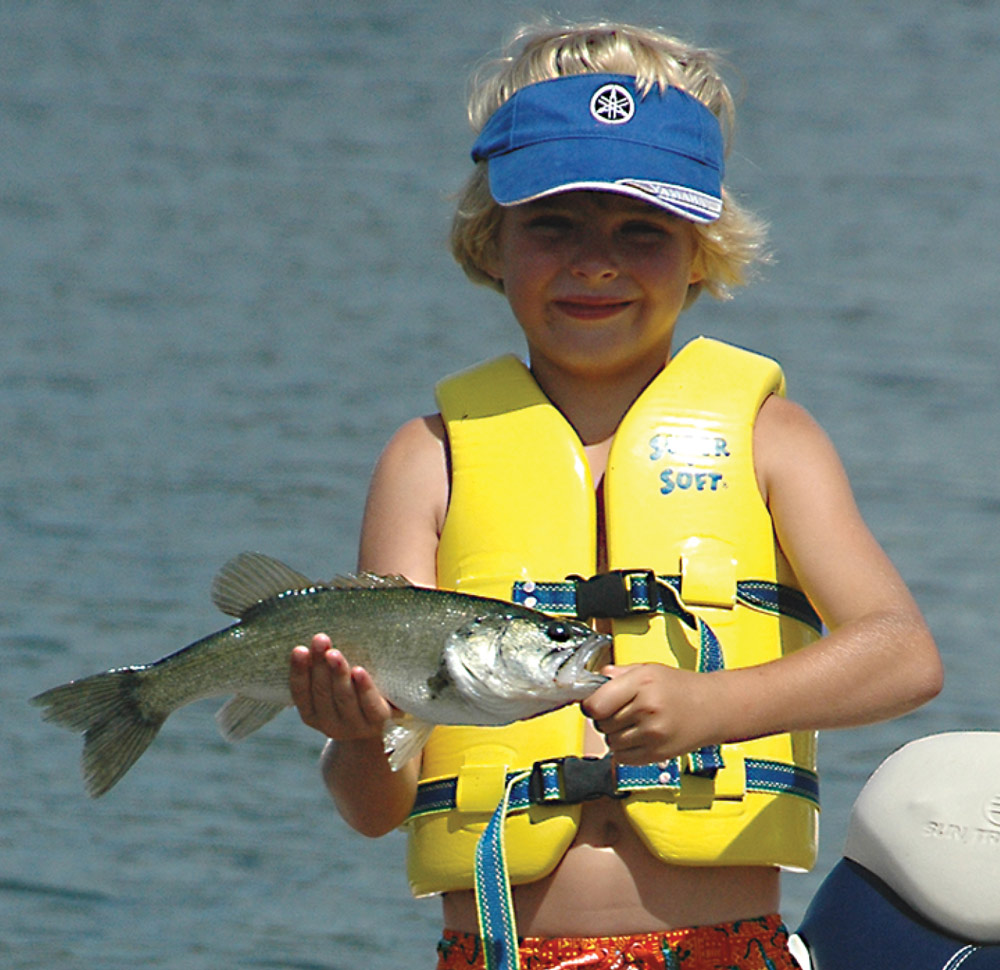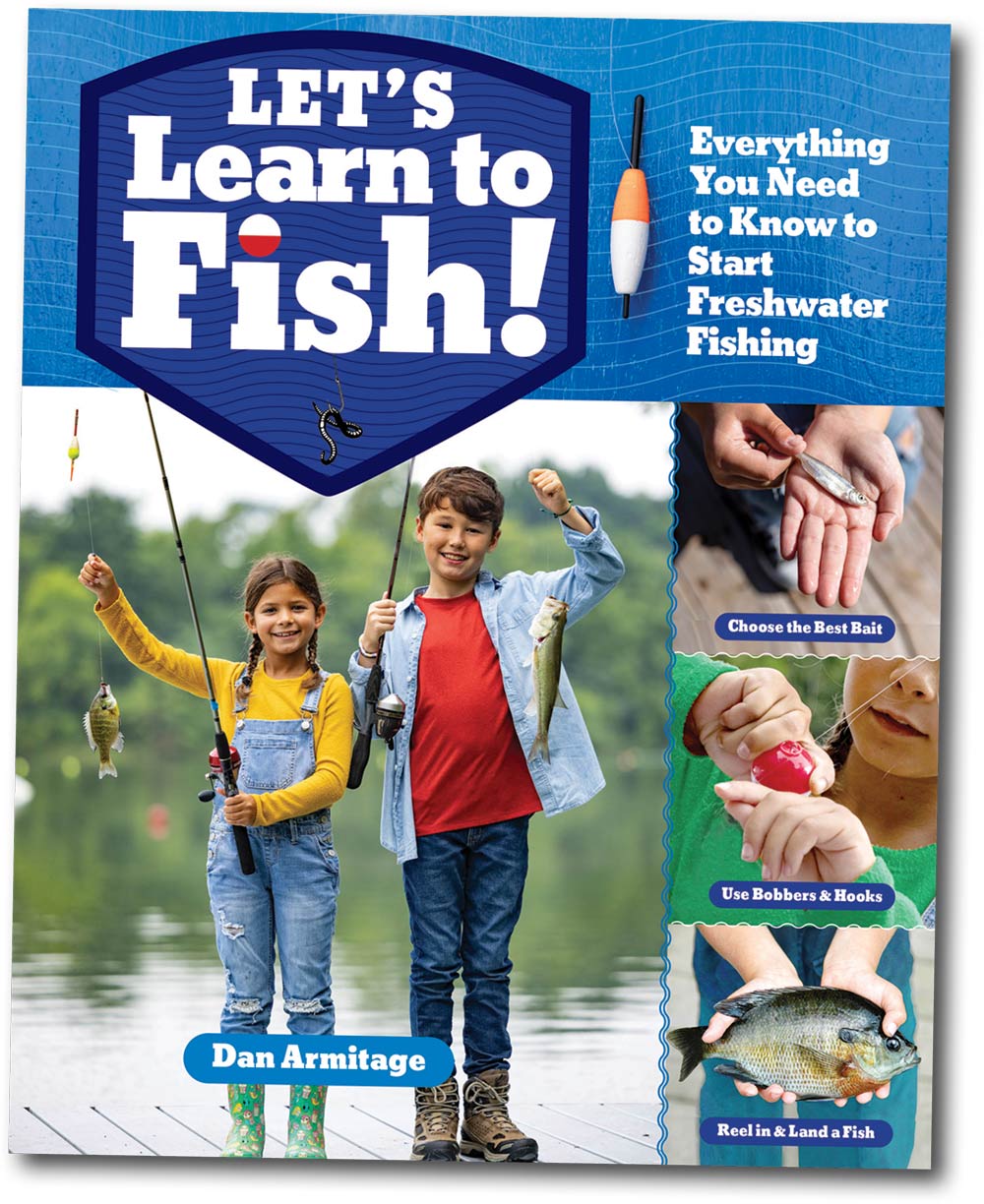
A big-time believer in helping children connect with nature by teaching them how to fish is Dan Armitage, a long-time presenter of the Kids’ Fishing Fun program at boat shows across the country. Having spent his lifetime fishing, Dan also taught his son how to fish and recently wrote a beautifully accessible how-to book for kids titled Let’s Learn to Fish!
Now a presenter at up to eight boat shows each season, Dan lets kids hold and hook live bait, cast their rods into fish tanks crowded with bass and panfish, and encourages them to hold their breath for as long as the fish is out of water “holding” its breath. He loves when kids think the most important thing to bring fishing is “Grandpa” instead of perhaps a fishing rod, and he appreciates when exhibitors compliment him on teaching the next generation to value nature.

For many years, Dan and his son fished from a Harris pontoon, and belonged to a pontoon boating club at Hoover Reservoir, the same place he had learned to fish as a boy. And he realized that a pontoon is a perfect boat to teach a kid how to fish.
“With the playpen and open deck of a pontoon, kids have room to move and aren’t as confined as they would be in a Jon boat,” Dan said. “Pontoons are stable, roomy, and self-contained. You can bring a puzzle or hot wheels cars for them to play with. Really, you can’t pick a better boat for teaching a kid to fish.”

Now an adult, Ethan loves to join his dad each year fishing the Florida Keys in the spring and Cape Cod, Mass., in the summer. They practice catch and release most of the time, but Dan says, “Normally we eat what we catch because we’re always looking for those kinds of fish such as walleye, trout, and perch.”

Filled with engaging photos of kids in action, the skills-based book shows kids how to fish with easy-to-follow instructions, helpful diagrams, and clear explanations. Step-by-step photos illustrate the basics of tackle from fishing with a simple line and cane pole to using a rod and reel. Ideas on where to dig for worms, catch minnows, and make homemade traps for crickets will have kids involved on every level. With full-page descriptions on something as simple as a bobber, the book outlines all of the basic skills, gear, and know-how with just the right amount of detail. Even finding the fish will be approachable for kids with a chapter on how to think like a fish and a handy map illustrating where fish love to hang out in a lake or stream.
I love the reminder that even though you may have to wait for a bite on your line, or take extra time untangling a pile of equipment, the fun of fishing starts right away when you’re outdoors and you’re together. This summer I’d like to teach my own kids to use a bobber and a stringer, and to identify the kinds of fish we find. If I can help them love an outdoor hobby such as fishing, they’ll be drawn to spend more time in nature and will have a go-to adventure they can be involved in for their entire lives.